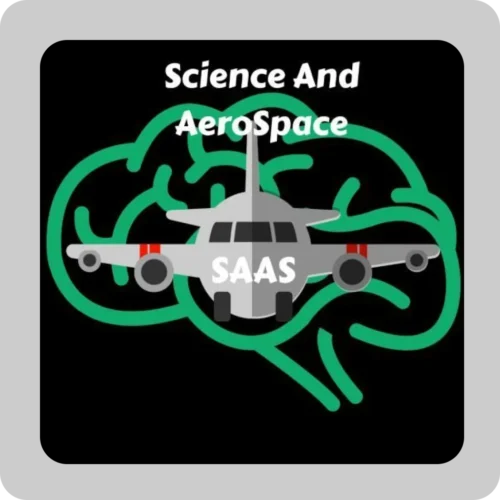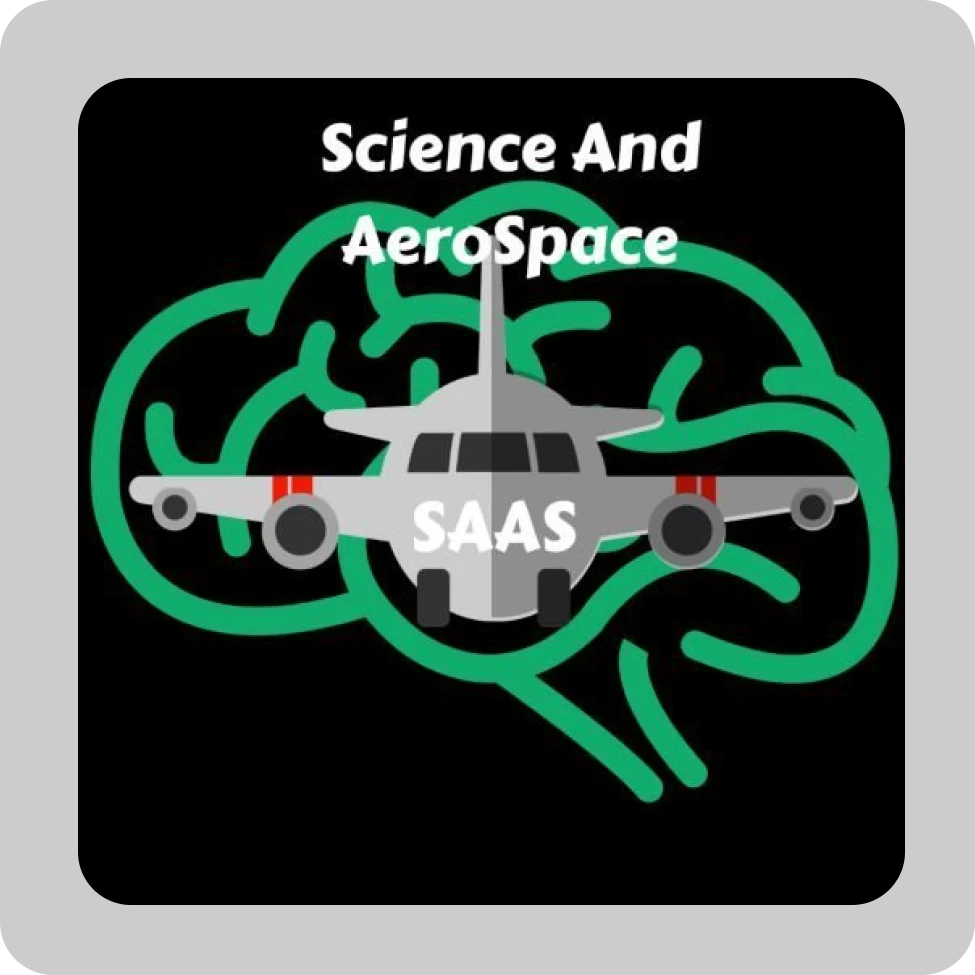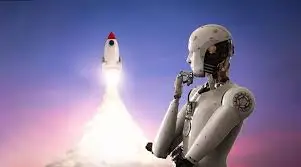AI and automation in space missions: A new era of exploration: The intersection of artificial intelligence (AI) and space exploration is steering a new era of discovery. By harnessing the power of AI-driven analytics, we’re revolutionizing satellite operations and pushing the boundaries of space exploration. In this article, we’ll delve into AI’s profound impact on space missions, exploring how it’s transforming everything from autonomous spacecraft to enhanced data analysis.
The Role of AI in Space Missions
AI and Automation: A New Era of Exploration
Artificial Intelligence (AI) is revolutionizing space exploration, becoming an essential tool for space agencies and commercial ventures. From autonomous operations to advanced data interpretation, AI is transforming how we explore the cosmos. Let’s delve into the key areas where AI is making a difference, supported by real-world examples and future possibilities.
Autonomous Spacecraft Operations
Real-Time Decision Making
AI empowers spacecraft to adapt quickly to changing conditions and unforeseen challenges by making informed, real-time decisions.
Self-Repair and Maintenance
AI-powered systems detect potential issues early and initiate automated repairs, reducing the need for human intervention and enhancing mission reliability.
Optimized Trajectory Planning
AI calculates efficient trajectories, conserving fuel and ensuring maximum scientific return during missions.
Transition: These capabilities make autonomous spacecraft increasingly independent and reliable, paving the way for more ambitious space exploration.
Enhanced Data Analysis and Interpretation
Rapid Data Processing
AI accelerates scientific discoveries by processing massive amounts of data from instruments quickly and efficiently.
Pattern Recognition
By identifying complex patterns and anomalies in data, AI uncovers hidden insights and breakthroughs that might otherwise go unnoticed.
Automated Feature Extraction
AI simplifies analysis by extracting relevant features from images and datasets, streamlining the workflow for scientists.
Transition: Such advancements are crucial as the volume of data collected during space missions continues to grow exponentially.
Improved Mission Planning and Scheduling
Optimized Task Sequencing
AI arranges mission tasks in the most efficient order, conserving resources and maximizing productivity.
Adaptive Scheduling
AI can adapt schedules in real time, accommodating unexpected events or shifts in mission priorities.
Predictive Maintenance
By forecasting equipment failures, AI enables proactive maintenance, reducing downtime and ensuring mission success.
Enhanced Space Situational Awareness
Space Debris Tracking
AI monitors and predicts the paths of space debris, reducing collision risks with satellites and spacecraft.
Collision Avoidance
AI-powered systems autonomously maneuver spacecraft to avoid potential collisions, safeguarding valuable assets in orbit.
Transition: With space becoming increasingly crowded, these advancements are essential for maintaining the safety of space missions.
Real-World Examples
NASA’s Mars Rover Perseverance
This rover uses AI to autonomously navigate the Martian surface, identify geological features, and select rock samples for analysis.
ESA’s Gaia Mission
Gaia relies on AI to process vast amounts of data as it maps the Milky Way galaxy with unprecedented precision.
Commercial Satellite Operators
Private companies use AI to optimize satellite orbits, predict failures, and automate routine tasks, reducing costs and improving efficiency.
Transition: These real-world applications demonstrate the transformative impact of AI on space missions today.
The Future of AI and Space Exploration
As AI technology advances, its role in space missions will expand further:
- Sophisticated Autonomous Systems: Future spacecraft will rely even more on AI for independent operations.
- Enhanced Data Analysis: AI will unlock more profound insights, driving groundbreaking discoveries.
- Improved Collaboration: AI will facilitate international cooperation by optimizing shared resources and objectives.
Transition: The synergy between AI and space exploration promises to unlock new frontiers and redefine our understanding of the cosmos.
Synergy Between AI and Space Missions
AI is reshaping how we explore space by empowering autonomous systems, enhancing data analysis, and optimizing mission planning. As technology continues to evolve, the collaboration between AI and space missions will lead to even greater achievements, pushing the boundaries of what is possible in space exploration.
The role of AI in space missions cannot be overstated. From enabling autonomous spacecraft to providing advanced data insights, AI is driving a new era of discovery and innovation. As we continue to push the limits of human ingenuity, the future of space exploration will undoubtedly be shaped by AI’s transformative potential.
References
- NASA (2023). “Perseverance Rover: How AI Powers Exploration.” Retrieved from nasa.gov.
- European Space Agency (2023). “AI and the Gaia Mission.” Retrieved from esa.int.
- Science and Aerospace Blog (2025). “How AI is Revolutionizing Space Exploration.” Retrieved from scienceandaerospace.blog.


